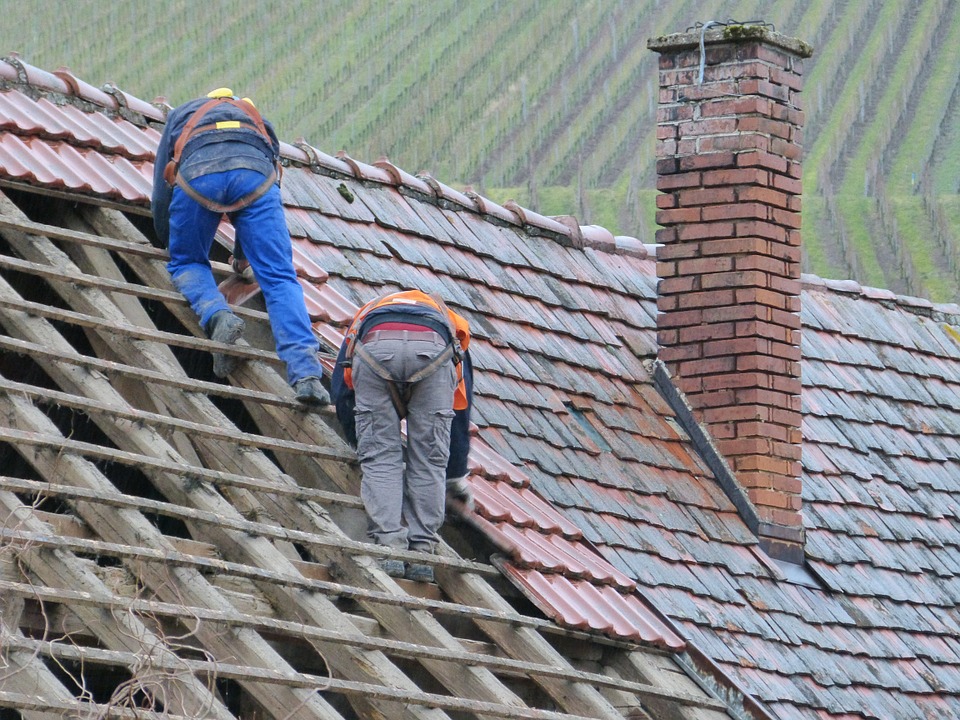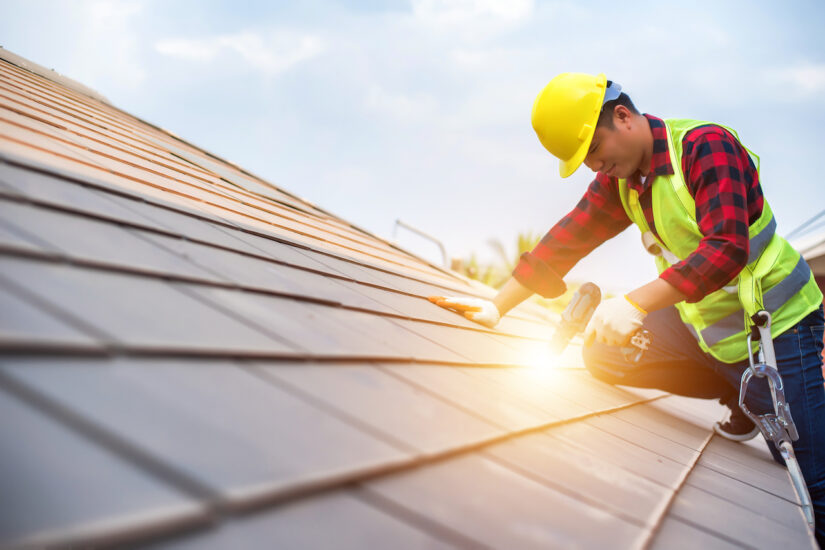Roof Repair Oahu: Expert Roof Fixes for Lasting Security
Roof Repair Oahu: Expert Roof Fixes for Lasting Security
Blog Article
Recognizing the Different Sorts Of Roof Coverings: A Comprehensive Overview for Homeowners
With an array of choices-- ranging from the standard gable to the modern flat-- each type provides unique benefits and difficulties that need to line up with the property owner's ecological considerations and details requirements. As we discover the details of different roof kinds, it becomes obvious that one dimension does not fit all; the best selection may shock you.
Saddleback Roof
Gable roofing systems, identified by their triangular shape, are amongst the most prominent roof covering styles as a result of their simplicity and efficiency in losing water and snow. This style includes two sloping sides that satisfy at a ridge, allowing for reliable drain and minimizing the risk of water buildup. The high pitch frequently connected with saddleback roofs boosts their capacity to take care of heavy precipitation, making them suitable for numerous climates.
In addition to their practical advantages, saddleback roofs provide visual adaptability. They can be adapted to numerous building styles, from standard to modern-day homes. The style can also fit added attributes such as dormer windows, which enhance natural light and ventilation in the attic area.
In addition, gable roofs provide adequate area for insulation, adding to power performance. Home owners can select from a variety of roofing materials, including asphalt tiles, metal, and tiles, even more improving personalization choices.
Despite their advantages, saddleback roofs may need extra assistance in locations susceptible to high winds or hefty snowfall. In general, the gable roofing stays a popular option due to its mix of capability, durability, and visual allure.
Flat Roofs
Flat roofs are frequently recognized for their minimal style and functional applications, specifically in commercial and industrial settings (oahu roofing). These roofings include a virtually horizontal or straight surface, which permits very easy building and functional space usage. While they may lack the visual allure of pitched roofs, flat roofs supply countless benefits, particularly in urban atmospheres where maximizing area is vital
Among the primary advantages of flat roof coverings is their accessibility. Property owners can use the roofing space for different objectives, such as roof gardens, balconies, or photovoltaic panel installations. In addition, flat roofing systems are commonly more affordable to mount and keep compared to their sloped counterparts, as they call for fewer materials and labor.
Usual products made use of for level roofings consist of built-up roof (BUR), customized asphalt, and single-ply membranes, each offering distinct advantages. Generally, level roofing systems offer as a practical and adaptable choice for numerous property owners and services alike.
Hip Roofing Systems
Hip roofing systems are defined by their sloped sides that merge on top, developing a ridge. This design stands out from saddleback roofs, as all four sides of a hip roof incline downwards towards the walls, offering a more stable framework. The angle of the inclines can vary, enabling versatility in building aesthetics and capability.
Among the primary benefits of hip roofings is their capacity to endure heavy winds and damaging weather condition conditions. The sloped surface areas allow better water drain, minimizing the risk of leaks and water damages. Furthermore, hip roofs supply enhanced attic room room, which can be utilized for storage space or even converted right into comfortable locations.
However, building a hip roofing system can be extra expensive and intricate than less complex roofing kinds, such as saddleback roofs. The additional product and labor associated with producing the inclines and making certain proper architectural web integrity can lead to greater expenses. Despite these downsides, numerous house owners prefer hip roofs for their longevity, visual charm, and potential for energy performance.
Mansard Roofs
Mansard roof coverings, often identified by their unique four-sided style, attribute two inclines on each side, with the lower slope being steeper than the top. This architectural style, stemming from France in the 17th century, is not only aesthetically enticing yet functional, as it takes full advantage of the useful room in the upper floors of a structure. The high reduced incline allows for even more headroom, making it a suitable option for lofts or attic rooms, which can be exchanged living rooms.
Mansard roofing systems are identified by their check out here flexibility, suiting numerous architectural designs, from standard to contemporary. They can be built with various products, consisting of asphalt roof shingles, slate, or steel, supplying homeowners with a variety of alternatives to suit their preferences and spending plans. In addition, the style enables the assimilation of dormer windows, enhancing natural light and air flow in the upper degrees.
However, it is necessary to think about the potential downsides. Mansard roofing systems might need even more upkeep as a result of the intricacy of their style, and their steep slopes can be challenging for snow and rain runoff. Generally, mansard roof coverings combine beauty with practicality, making them a prominent selection amongst home owners seeking distinct building features.
Dropped Roofing Systems
As home owners progressively look for simplicity and performance in their building styles, dropped roofings have become a prominent selection. Characterized by a solitary sloping airplane, a shed roof provides a minimalist visual that matches different home designs, from contemporary to rustic.
Among the main advantages of a shed roofing is its uncomplicated construction, which commonly equates to lower labor and material expenses. This layout permits reliable water drain, reducing the threat of leaks and water damage. In addition, the upright incline offers adequate room for skylights, boosting all-natural light within the interior.
Shed roofing systems likewise provide convenience in regards to use. They can be properly integrated into additions, garages, or outside structures like sheds and structures. Moreover, this roofing system design can fit numerous roof covering products, including metal, asphalt shingles, or also green roofs, aligning with environmentally friendly initiatives.
However, it is important to consider local climate problems, as hefty snow tons may necessitate adjustments to the roof covering's angle or structure. Generally, shed roofings offer a practical and visually pleasing alternative for property owners aiming to make best use of capability without compromising design.
Conclusion


Gable roofings, identified by their triangular shape, are among the most popular roofing designs due to their simpleness and performance in shedding water and snow. oahu roofing. The high pitch frequently connected with gable roofing systems boosts their ability to manage hefty precipitation, making them suitable for different environments
While they might do not have the aesthetic charm of pitched roofings, level roof coverings offer various benefits, specifically in city environments where optimizing room is crucial.

Report this page